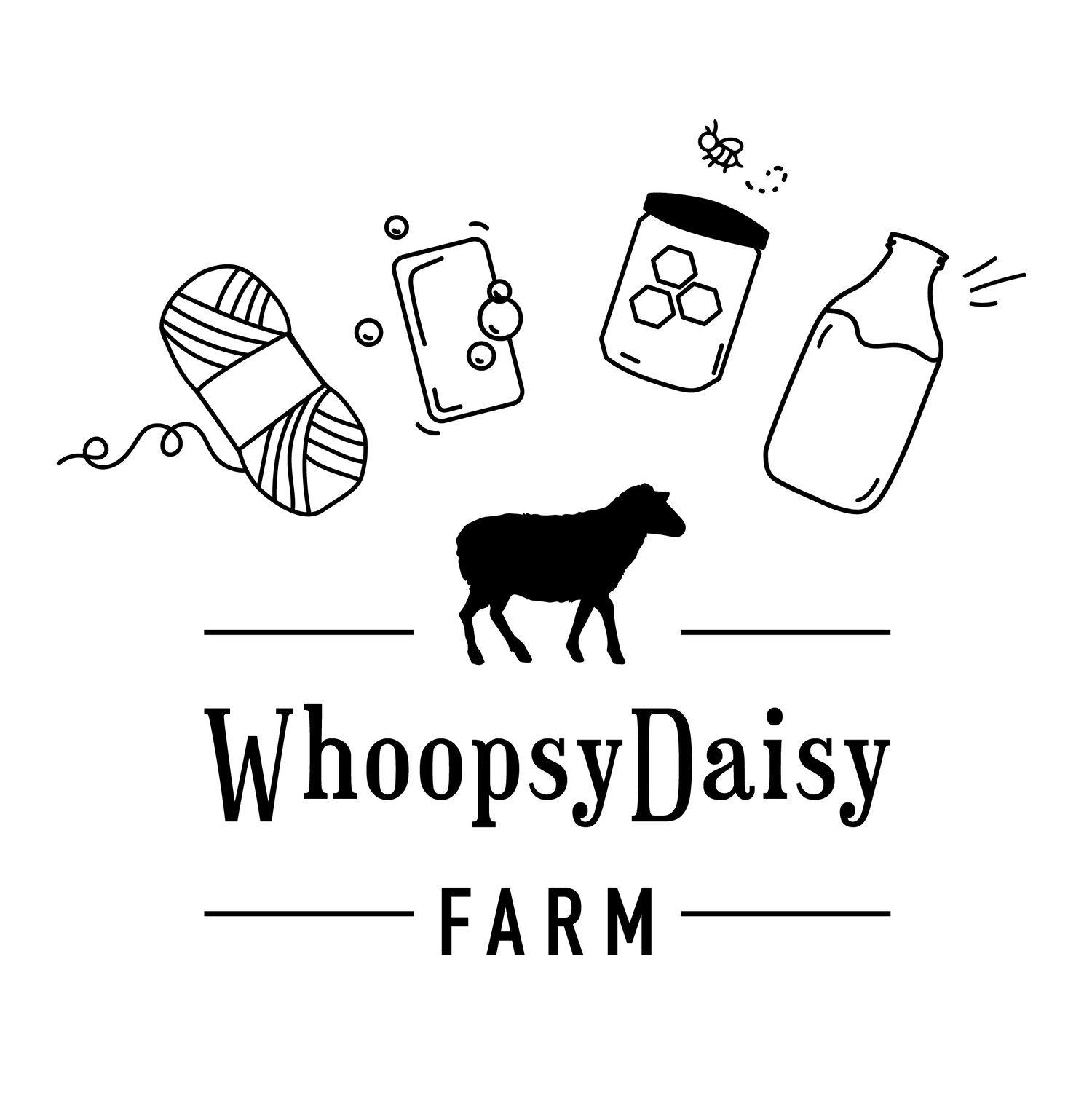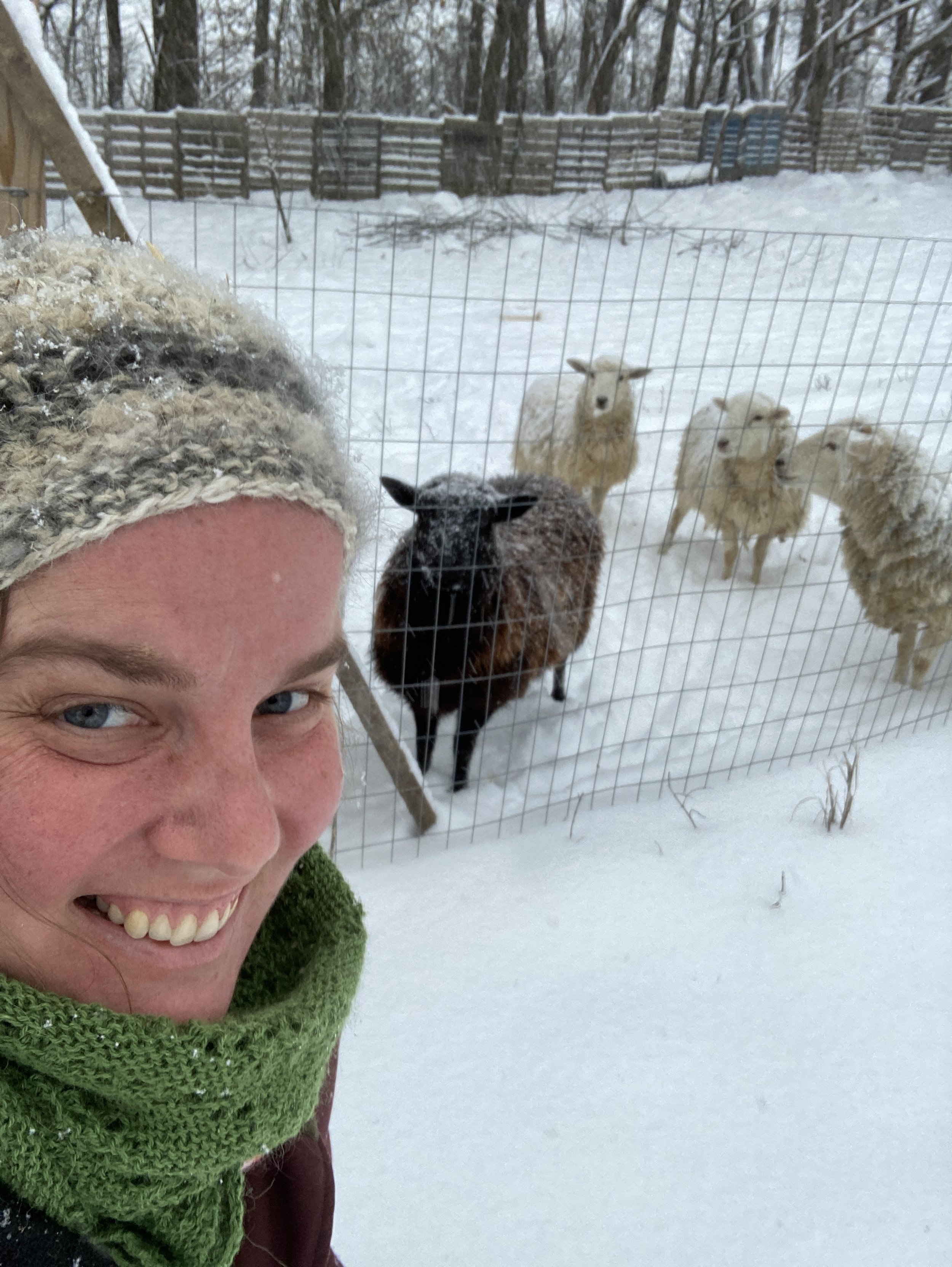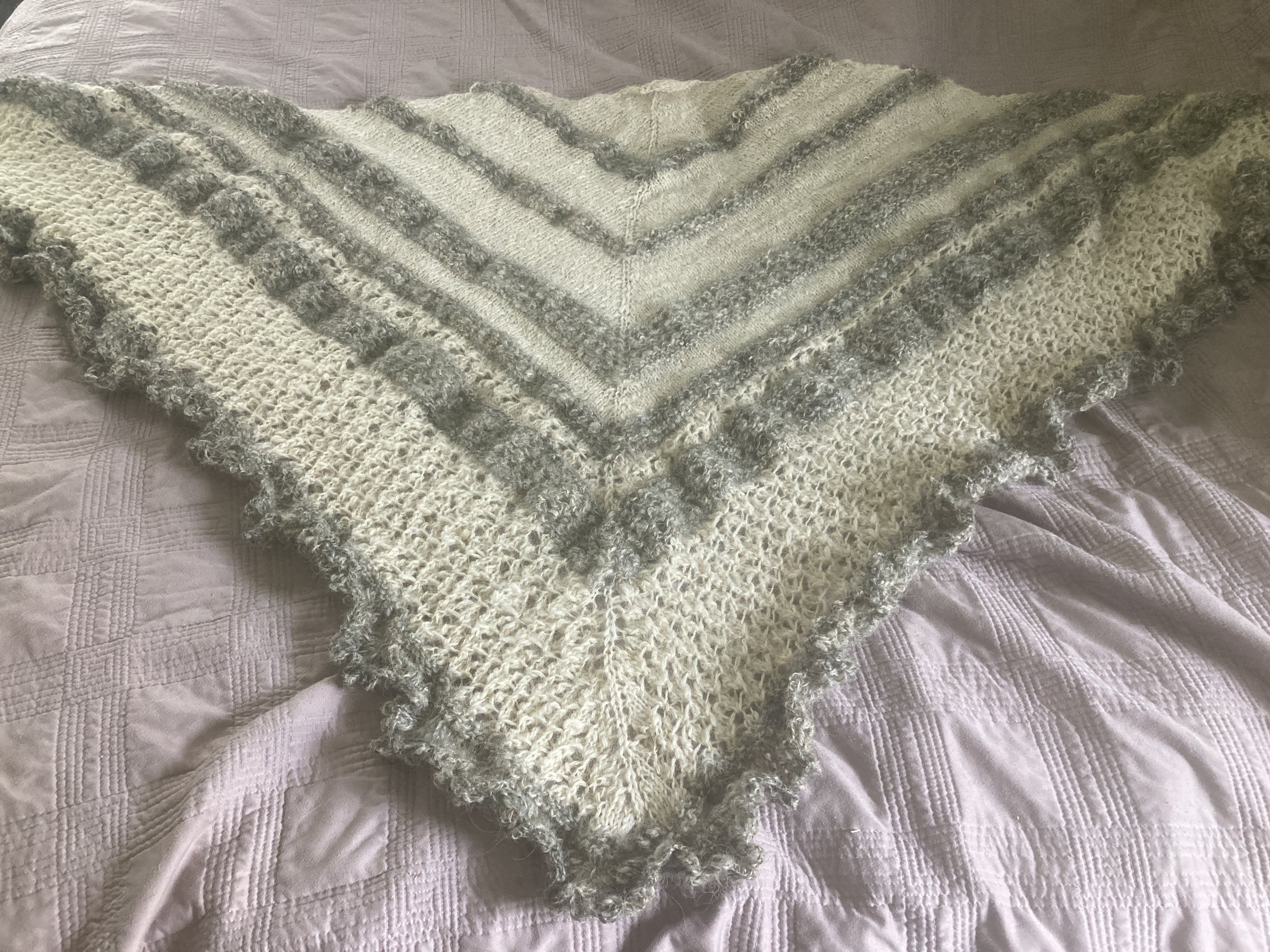For the Love of Wool 2: ‘Its too hot’
Wool breeds seem to give us mental pictures of rolling hills in places such as England, or snow covered islands such as in the case of the Icelandic sheep, or long wooled breeds tended by Europeans up in high mountains such as the Carpathians. In a word, wool seems to equal snow in our American minds.
But sheep domestication originated in the Fertile Cresent, that is, the Middle East, and therefore wool breeds were developed in desert conditions as well.
(I shall have all the references to my information sources in my upcoming book on dairy sheep, so please stay tuned for more announcements regarding that on my social media and this blog. For the time being, you’ll simply have to take my word for it.)
Wool is not just a cold-weather textile. It can also be used in the heat of summer. Now, in my ridiculously humid Kentucky summer, the thought of ANY cloth of ANY kind covering my skin makes me cringe. (Its a struggle each summer between my penchant for modesty - and my deep desire to have as little sweat-catching-cloth surrounding my body as can be considered legally decent.) That being said, in a hot arid climate such as the New Mexican desert I grew up in, a felted wool skin covering would have been rather nice in blocking my very fair skin from the harsh desert sun. Even better would have been a nice thick felted shade cloth to rest under, or a woven wool rug to pad my posterior against the rocky sandy dust we had for soil.
Some of the indigenous people of the American Southwest even have some very intriguing mythology surrounding sheep and wool, and how they were gifts from the gods. Their cultures experienced new levels of thriving with the introduction of sheep. The Navajo Nation has been working the last few years in establishing wool mills specifically to process and market Navajo Churro wool and the products made from their fleeces. This has done wonders for the economy amongst those people. Additionally, it has done wonders in reestablishing the dwindling breed numbers that put those sheep at risk for extinction.
One of the reasons why wool would have been nice in a desert situation is that wool is BREATHABLE. Unlike synthetic fibers, wool wicks moisture away and then it evaporates. Synthetics or even fibers such as cotton will not wipe your sweat away and then nicely air itself out for you so that your garments remain dry (Incidentally LINEN has this property but not cotton. Linen IS highly flammable, however, so bear that in mind). In the hot southwest, this is incredibly nice when the human body’s innate wisdom signals the sweat glands to produce moisture, as the evaporation process is an actual natural cooling system. I would not wish to wear a worsted weight Icelandic sweater in the desert of New Mexico by any means. On the other hand, I certainly would not be opposed to a lace-weight merino or Gulf Coast Native shirt orskirt. Even a lace weight cardigan in a restaurant who believes air conditioning can single-handedly alleviate global warming would be appreciated.
I spun this yarn from Sally’s fleece and her daughter Astrid, and then hand knit it into this lovely shawl. Shawls are great for climates that are warmer but still require some covering to ward off chill
When the Bible speaks of the Roman Guards gambling for Jesus’s garnet made of a single piece at the foot of the cross, it is likely that the way that garment was created as a single piece without seam or stitch was that it was a FELTED garment. I don’t have the archeological evidence yet to prove it, but it is my hypothesis. Likewise in the descriptions of the Tabernacle, when the cloth covering the Holy of Holies is described as so many cubits THICK as well as long, it is feasible that the thickness was attained by means of felting wool.
(If there is an archeologist or rabbi who would like to speak to the truth or extreme hubris and inaccuracy of these speculations, do please email me at whoopsydaisyfarm@gmail.com as I would love to know if I’m thinking along the right track or not)
Felting is also one of the easiest ways of transforming wool from a raw product into something useful for one’s daily life. Felted potholders littered my great-grandma’s kitchen. Felted purses will bring a pretty penny in art shows. Felted slippers are an amazing gift and incredibly comfortable, and felted gloves delightful. And it is the rare person who has not heard of the benefits of using dryer balls in one’s laundry instead of the toxic dryer sheets.
It does take a little experimentation or skill building to learn to felt well, but not NEARLY the amount of time investment required to learn other fiber arts such as spinning or knitting.
A needle felted sheep from our wool
NEEDLE FELTING is an amazing art form that has been slowly growing in popularity. This medium simply uses felt in place of things such as clay to create gorgeous sculptures and toys. I do have great plans of taking some of our wool at some point and making myself and maybe Kyle a felted cardigan or shirt. I shall then take it to Texas or New Mexico to visit some friends, and see how I prefer it to other materials in warding off the evening chill of that area. I’ll let you know once I finish that incredibly ambitious plan and how it goes. But if someone in the southwest or other arid desert conditions is reading this and delights in their wool wear, please email me as I would love to hear your experience.
As you can see, wool has far more uses and properties than are generally known in our society at this time. The possibilities for wool creations and uses in the home are endless, no matter where in the world that home is located. Again, you probably don’t want to knit yourself a Faroese sweater if you live in Arizona. But I’d encourage you to look up what the local indigenous people of your area used sheep and wool for. The delightful blankets and poncho’s of the Southwest and South America were made with wool (or alpaca) originally. We haven’t even touched wool as an amazing insulation for one’s house or wool pillows or mattresses yet - all of which are growing in their trends these days with folks who haven’t lost their common sense and still want to be sustainable.
Alright that’s enough for now. Stay tuned til next week when we talk more about wool in cooler climates.



